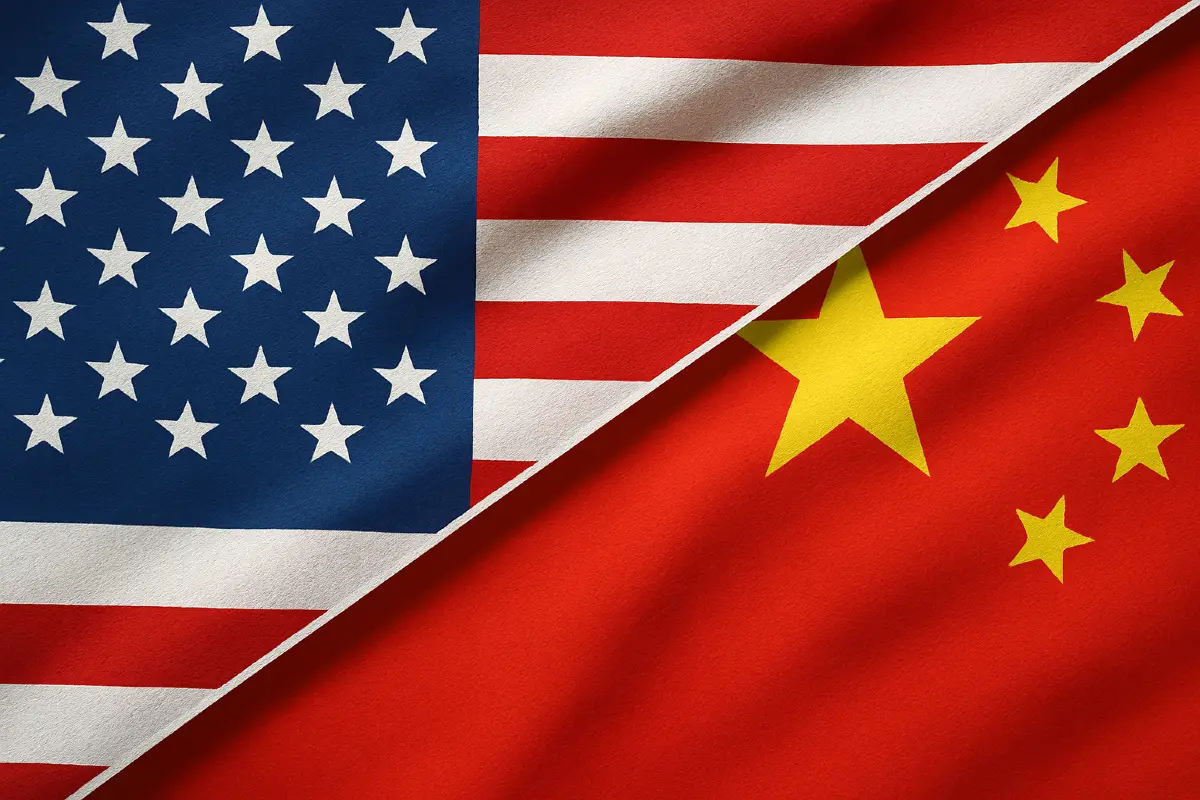While the very real and devastating effects of physical war dominate news bulletins, notably in Ukraine and Gaza, it makes you wonder if they will ever end.
In distant history, wars did end. They were fought for conquest, for resources, for ideology and were generally, at least in theory, decisive.
Today, even economic and technological wars, the battles fought with sanctions, tariffs, and semiconductor embargoes, seem to have no clear resolution or winners. The U.S. restricts China’s access to AI chips, and yet, within months, China unveils a frontier model. It slaps tariffs on European goods, only for Europe to retaliate. The pattern repeats, escalating rather than resolving.
Chinese AI: The War That Was Never Theirs to Lose
U.S. efforts to block China’s AI progress – Export bans on Nvidia GPUs, restrictions on semiconductor manufacturing tools, blacklists for Chinese tech firms, and investment restrictions—are designed to slow China down. And yet, not only has China refused to fall behind, but it is now emerging as a serious competitor at the AI frontier.
DeepSeek, the Chinese answer to ChatGPT, seemingly came out of nowhere to briefly dethrone ChatGPT as the most downloaded app on the U.S. App Store. Then there’s Manus AI, an AI agent released in February, capable of managing 50 tasks simultaneously, setting a new benchmark in autonomous multitasking.
Meanwhile, Alibaba, Huawei, and SMIC are quietly constructing an AI chip stack to reduce China’s reliance on Western hardware altogether.
The irony is hard to ignore: every attempt to contain China’s AI development has seemingly accelerated it.
Whiplash on Wall Street
Tariff rollouts and mounting fears over AI spending has whiplashed investors, sparking volatility, with the Dow plunging more than 5% in a single trading session on 3rd March. Then, midweek reports confirmed certain tariff delays or exemptions.
These stop-start-delay-exempt tactics from the White House are wreaking clear havoc on financial markets. Since Trump took office on January 20, the S&P 500 has fallen 7%.
Early days of Trump 2.0 vs. Trump 1.0:

The Nasdaq 100 has entered correction territory and breaking below its 200-day moving average.
Furthermore, the dollar index has declined significantly, reaching a four-month low as foreign investors increasingly withdraw funds from U.S. stocks.

Jobless claims have spiked sharply with 172,000 layoffs last month alone. Year-to-date, layoffs have reached 221,812—the highest total since 2009.
The longer these economic pressures linger, the greater the potential for further downside.
Is this market weakness a structural problem, or just an adjustment phase as the U.S. shifts toward a new economic paradigm?
Main Street vs. Wall Street
While markets remain jittery, my view is that this volatility is more of an adjustment than the start of something structurally damaging. What we may be witnessing is a shift from public-sector-driven growth to private-sector spending—a recalibration that prioritises Main Street over Wall Street. In many ways, this resembles a form of austerity, aimed at bringing the U.S. onto a more sustainable fiscal path. With national debt nearing $40 trillion and annual interest payments exceeding $1 trillion, this pivot might not just be necessary, but inevitable.
The trajectory of oil prices in 2025 will play a crucial role in shaping inflation, given oil’s outsized influence on consumer costs. Citigroup expects prices to fall to $60, while JPMorgan projects $50 if restrictions on Russian exports are lifted.
If this trend continues, it could give the Federal Reserve room to cut interest rates—a move that would directly support Main Street by making borrowing cheaper for households and businesses.
Americans are falling behind on debt payments at a rate that resembles a recession.
But there’s another motivation for rate cuts: with $10 trillion in U.S. debt in need of refinancing this year, lower rates would ease the Treasury’s burden.
Accordingly, the bigger picture appears to suggest that the goal is long-term stability. Lower asset prices, falling yields, and a recalibrated fiscal strategy could all help pave the way for a more sustainable expansion—one that better balances the needs of both Main Street and Wall Street.
Opportunities in the Market?
Notably, year-to-date, nearly all of the Nasdaq 100’s decline has come from the Magnificent Seven, highlighting that this downturn is not broad-based.

The recent slump in the likes of Tesla and Amazon, might make them look like apparent bargains but market sentiment remains fragile. If you had told investors at the start of the year that Broadcom and Nvidia would be down 18% and 19% year-to-date, Tesla down over 40%, IonQ down 55%, and RocketLab down 30%, many would have said they were waiting for a dip to buy back in. But now that the pullback has arrived, fear dominates.
Same cycle, every time—investors want a dip, but when it comes, they hesitate. Narrative always follows price action.
If war was once about conquest, now it feels more like entropy. A slow, grinding stalemate where everyone loses, but no one knows how to stop playing.
By Rahul Bhushan, managing director of ARK Invest Europe






